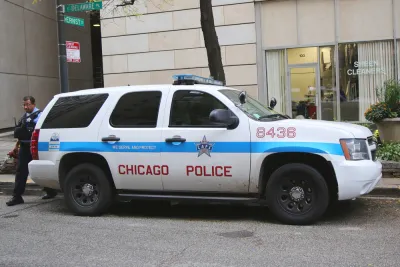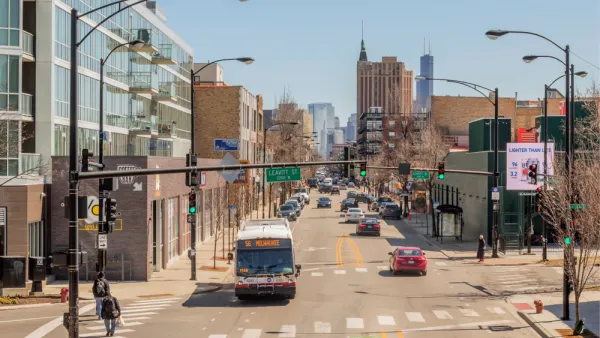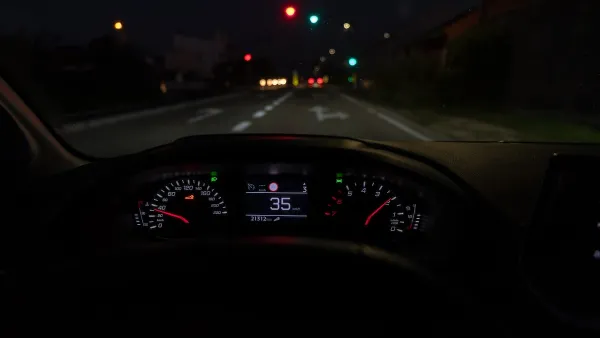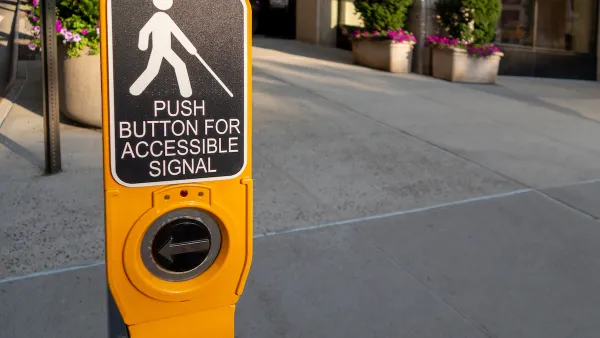Chicago Department of Transportation Chief, Gabe Klein, suggests that crash hot spots should guide efforts to make streets safer.

A recent report from the Chicago Police Department found that 113 people were killed in traffic crashes on the streets of Chicago in 2016. These crashes didn't just happen at random—there are places where crashes happen more frequently and those places don't tend to happen in the richest parts of the city. "A preliminary analysis by the Department of Public Health found that residents facing economic hardship suffer crash fatalities at a rate nearly twice as high as those who don't," John Greenfield writes in The Reader.
This would lead one to think there should be more traffic stops in these communities and, while that may be true, there are problems with that strategy. "These are largely the same lower-income south- and west-side neighborhoods where most shootings take place. But, as the [U.S. Department of Justice] report outlines, these communities are already plagued by police abuses, so there's the potential for an increase in traffic stops to make that problem worse," Greenfield writes.
Former Chicago Department of Transportation official, Gabe Klein, suggests using data on hot spots to create deterrents, to stop accidents before they happen. The National Highway Traffic Safety Administration and the U.S. Department of Justice drafted the "Data-Driven Approaches to Crime and Traffic Safety" report, which, "advises police departments to target these problem areas with highly visible traffic enforcement efforts, such as posting officers at intersections or installing red light or speed cams, to deter various types of crimes," Greenfield writes. Klein and Greenfield speculate that if the city had not faced scandals over its implementation of red light cameras, more of these strategies would have been implemented.
FULL STORY: Ex-CDOT chief: Focusing on crash hot spots could save lives, reduce profiling

Analysis: Cybertruck Fatality Rate Far Exceeds That of Ford Pinto
The Tesla Cybertruck was recalled seven times last year.

National Parks Layoffs Will Cause Communities to Lose Billions
Thousands of essential park workers were laid off this week, just before the busy spring break season.

Retro-silient?: America’s First “Eco-burb,” The Woodlands Turns 50
A master-planned community north of Houston offers lessons on green infrastructure and resilient design, but falls short of its founder’s lofty affordability and walkability goals.

Test News Post 1
This is a summary

Analysis: Cybertruck Fatality Rate Far Exceeds That of Ford Pinto
The Tesla Cybertruck was recalled seven times last year.

Test News Headline 46
Test for the image on the front page.
Urban Design for Planners 1: Software Tools
This six-course series explores essential urban design concepts using open source software and equips planners with the tools they need to participate fully in the urban design process.
Planning for Universal Design
Learn the tools for implementing Universal Design in planning regulations.
EMC Planning Group, Inc.
Planetizen
Planetizen
Mpact (formerly Rail~Volution)
Great Falls Development Authority, Inc.
HUDs Office of Policy Development and Research
NYU Wagner Graduate School of Public Service




























